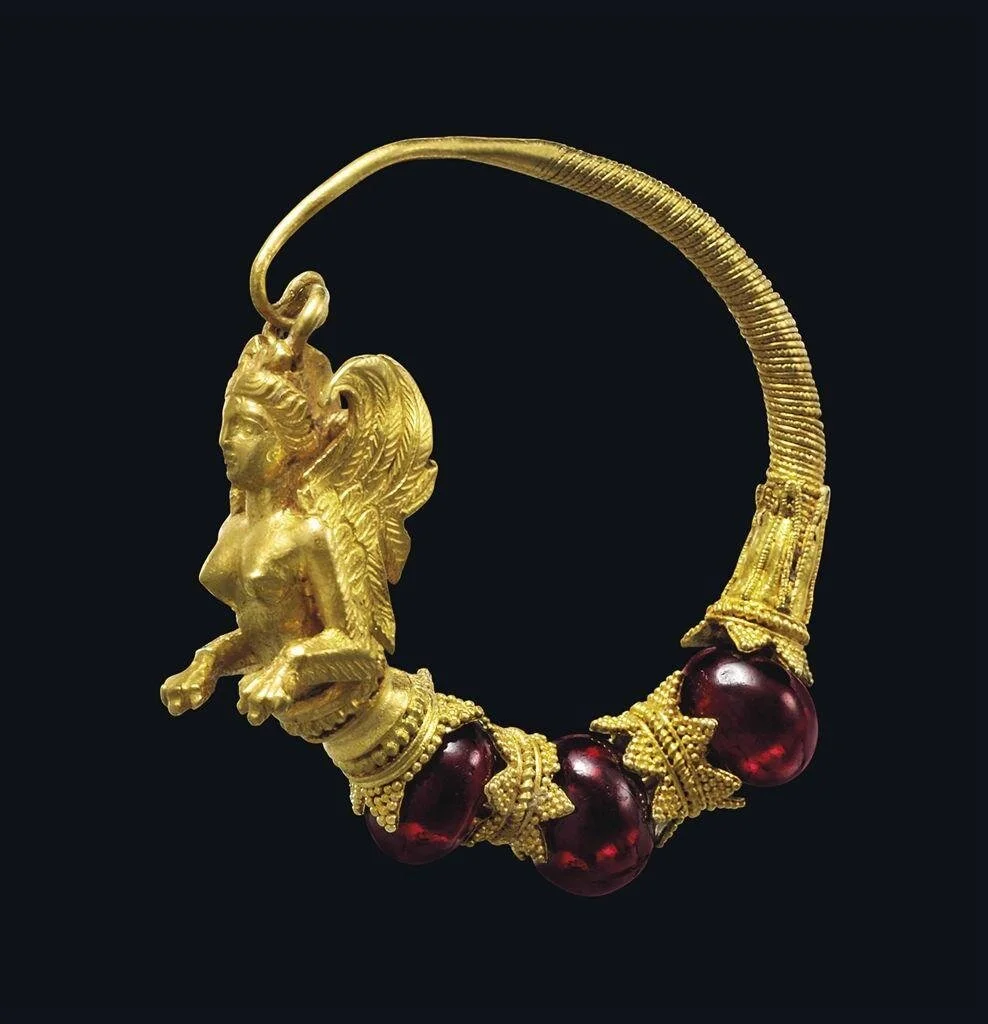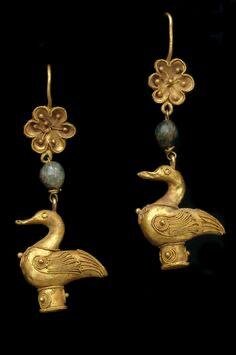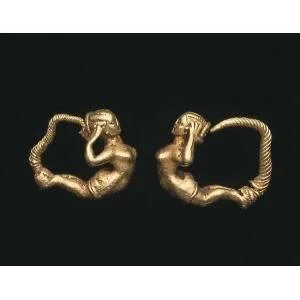gold hellenic jewellery. longevity and cultural integration at its best.
When Alexander the Great conquered the Persian empire in 331B.C., his domain extended from Greece, to Asia Minor, Egypt, the Near East and India. As a result Greek styles spread hugely all over the known world but also merged with newer and different exotic styles and influences.
Significant innovations in Greek jewelry can be traced even earlier to the time of Philip II of Macedon (r. 360/359–336 B.C.), father of Alexander the Great. An increasingly affluent society demanded luxurious objects, especially gold jewelry. With technical virtuosity, Greek artists executed sumptuously ornate designs, such as the beechnut pendant, the acanthus leaf, and the Herakles knot (1999.209).
In Hellenistic times, jewelry often passed from generation to generation as family heirlooms.
Read more of Colette Hemingway’s work here.




